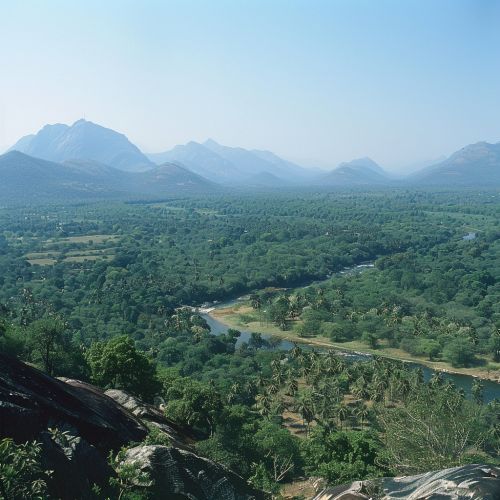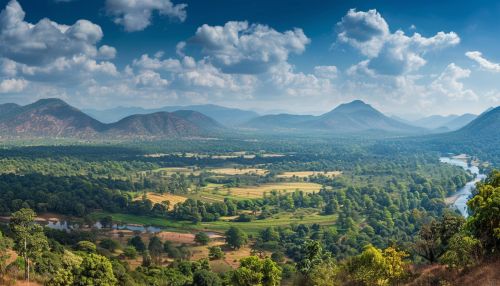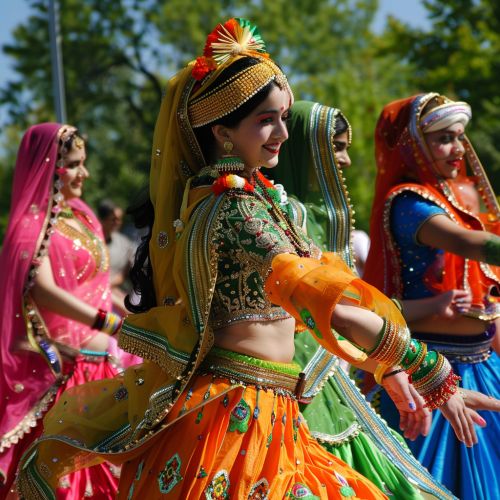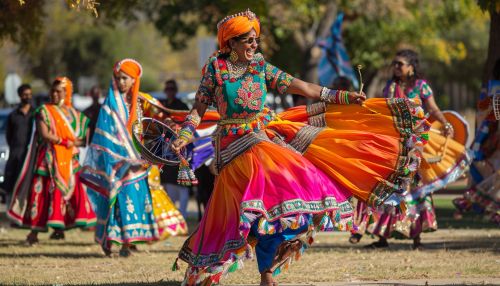Republic of India
Geography
The Republic of India, officially known as Bharat in Hindi, is located in South Asia. It is the seventh-largest country by land area, spanning approximately 3.287 million square kilometers. India is bounded by the Indian Ocean on the south, the Arabian Sea on the southwest, and the Bay of Bengal on the southeast. It shares land borders with several countries including Pakistan to the west, China, Nepal, and Bhutan to the north, and Bangladesh and Myanmar to the east.


India's diverse geography ranges from the Himalayan peaks in the north to the coastal plains in the south. The country is divided into six major geographical regions: the Himalayan Region, the Northern Plains, the Peninsular Plateau, the Indian Desert, the Coastal Plains, and the Islands.
History
India's history is one of the world's longest, beginning with the earliest known human remains, the Homo sapiens, found in South Asia, which date back to 30,000 years ago. The first known permanent settlements appeared 9,000 years ago and developed into the Indus Valley Civilization, which peaked around 2000 BCE and is noted for its urban planning, baked brick houses, and elaborate drainage system.
The history of India includes the birth of major world religions: Buddhism, Jainism, Hinduism, and Sikhism. It was also part of the Silk Road, a significant trade route which led to the spread of Indian culture and religion to other parts of Asia.
Politics
India is a federal parliamentary democratic republic in which the President of India is the head of state and the Prime Minister of India is the head of government. It is based on the federal structure of government, although the word is not used in the Constitution itself. India follows the dual polity system, i.e., federal in nature, that is, the powers are divided between the federal and state governments.
Economy
India's economy is the world's fifth-largest by nominal GDP and the third-largest by purchasing power parity. It is classified as a newly industrialized country and a developing economy with an average annual GDP growth rate of 5.8% for the past two decades. The Indian economy is diverse and encompasses agriculture, handicrafts, textiles, manufacturing, and a multitude of services.
Culture
India's culture is marked by a high degree of syncretism; it has managed to preserve established traditions while absorbing new customs, traditions, and ideas from invaders and immigrants. Indian culture is noted for its philosophical systems, including Hindu philosophy, Buddhist philosophy, and Jain philosophy.


